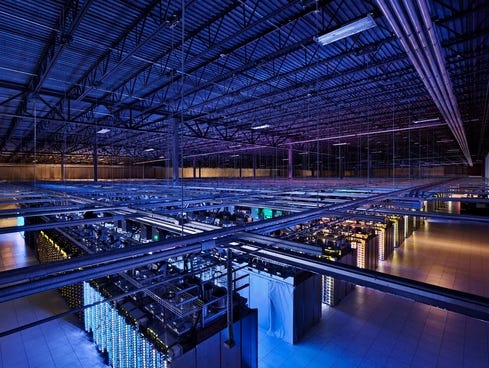dividebyzero
Posts: 4,840 +1,279
Aren't you talking about thermodynamics ?
A quick look at a definition:
I'm also quite interested to find out how :
So, for arguments sake, we use my Z77 rig as example:
Intake and outflow temperature remain constant at +1-2°C Δ over ambient while heat is added to the system.
Now, according to you, the heat exchanger is immaterial...
A quick look at a definition:
and your post:When the temperatures of interest belong to several bodies, the concept also requires that flows of heat between each pair of bodies balance to a zero net flow
there is no net heat flow between regions of equal temperature.
I'm also quite interested to find out how :
Applies to my own (supposed lack) of cooling endeavours, since the article is basically a scaled up standard computer watercooling open model- non refrigerated, albeit with a secondary added coolant source and no recirculation involved.if the return temperature is similar, the cooling will be minimal, just as in the limit if the temperature is the same, no cooling will be achieved .
So, for arguments sake, we use my Z77 rig as example:
Intake and outflow temperature remain constant at +1-2°C Δ over ambient while heat is added to the system.
Now, according to you, the heat exchanger is immaterial...
...and no cooling is achieved...It doesn't depend on the heat exchanger at all.
Despite the fact that water prior to entering the CPU block is at +1-2°C Δ over ambient, at +4°C Δ between CPU block and radiator, and +1°C Δ on exiting the radiator. Based on some quick and dirty calculation based on a conservative 3 litres/min flow rate, 4.18kJ/kgK specific heat for water and the temp delta across the radiator gives a ballpark average of a little over 2250 kJ/h of heat that is adding nothing to water temperature...strange, no?no cooling will be achieved .
